The cradle of European ocean literacy: Ana Noronha and Ciência Viva
This article is part of the blog series ‘Meet the members’ in which you’ll get to know the EMSEA members, what drives them and what inspires them. They’ll share their experience, their good practices, their challenges. They’ll talk about what ocean literacy means to them and how they hope to reach it. Today we meet Ana Noronha, executive director of the Portuguese Ciência Viva.
When meeting with Ana Noronha, she’s surrounded by ocean paintings made by her uncle. She points at them, smiling. ‘I’ve loved the sea since I was a kid,’ she says. ‘And I love surrounding myself with it every day. But of course, here in Portugal, our whole culture is very connected to the ocean.’
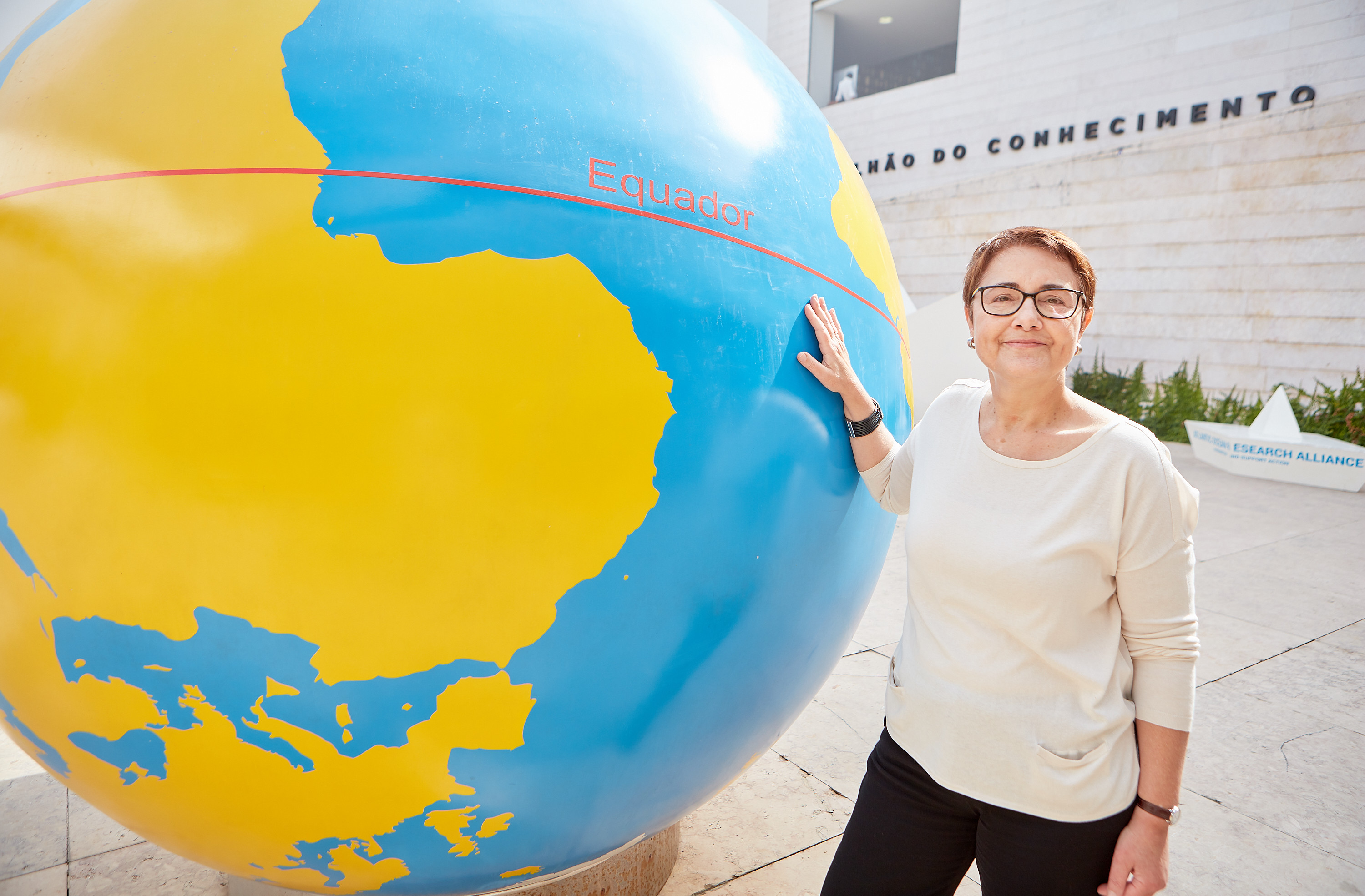
Ocean literacy in Europa
That connection is quite clear further in the conversation, since Portugal was the first to adopt the ocean literacy framework in Europe, Ana explains. ‘About twenty years ago, here at Ciência Viva, we collaborated with our North American partners for a project. At the time they were just developing their ocean literacy framework and the accompanying principles. It was such a good idea, we just had to adopt it. So, we invited a group of marine and educational institutions to discuss what were the most important principles and how we could introduce those in the school curriculum. Later on, the ocean literacy principles spread from Portugal throughout Europe. In 2013, with the signature of the Galway Statement on Atlantic Ocean Cooperation, ocean literacy became more prominent in Europe. The European Commission wanted it applied all over Europe and since Portugal had so much experience already, we played a large role in that.’
And indeed, there is quite some experience to talk about. As Ciência Viva director, Ana can give a ton of examples. ‘Ciência Viva is an agency to promote education and scientific culture in Portugal. It was founded 28 years ago when we had our first Minister for Science and Technology, José Mariano Gago. So, it’s not just about marine science, the scope is much broader than that. But of course, being Portugal, the ocean does play an important role.’

Ciência Viva school network
Ciência Viva is working on different fronts, but schools are definitely a key factor in science education. Students are engaged in different ways. First, there is the Ciência Viva school network. ‘We have a broad network of science centres,’ Ana explains. ‘Each of these centres has one or two classrooms to receive a school class, and every week we receive groups that come here with their teachers. For a week, instead of going to school, they come to our science centres, where they explore the exhibitions, the surroundings, do activities or go to the lab.’ They can choose among different topics, for example space or environment. The focus in this project is on primary schools only, because often these schools have the least access to science since primary school teachers generally are not trained in science and they often have less educational resources. ‘Sometimes, at the end of such a week, some of the children cry because they loved the activities at the science centre so much and they don’t want it to end’, Ana adds with a smile.
The project recently expanded to kindergartens too. ‘There are actions that you can organise at kindergarten level, like looking at biodiversity with magnifying glasses, collecting insects or butterflies, ... At this level, it’s about connecting with nature and phenomena more than teaching abstract concepts.’

Ciência Viva clubs at school network
A second way of engaging students is the clubs at school network. There are about 900 science clubs in schools all over Portugal investigating all kinds of topics. The engagement can be quite diverse and depends on the initiative of school teachers. All science clubs have a dedicated room with equipment, such as computers, 3D printers or microscopes. Some science clubs are used by groups of students after school hours, others engage whole classes. The topics tackled are quite diverse as well. Several schools participate in the CanSat project by ESA, the European Space Agency - these students build a satellite of the size of a can that is then launched to collect data. Another project concerns microorganisms in vegetable garden soils. Yet another group is investigating plankton of Mozambique lakes with support of a research institute. One group is working on beach clean-ups, another is helping to eradicate invasive species in rivers. These are just some examples showing the rich diversity of projects that the school clubs develop, always in partnership with other institution: a university, a company, a biotechnology park, a research laboratory, etc.
Ana gives an example where once a year the whole community is engaged. ‘There’s a science club in the middle of Portugal, in a little town far from big cities, that is very active in astronomy. They do astronomical observations and every year they organise a gathering of telescopes with about 300 people. It‘s like a summer festival, organised by the science club but with the support of the whole community, who helps preparing home cooked food for the participants. There are also scientific talks in the local chapel all night. It’s truly a wonderful event.’
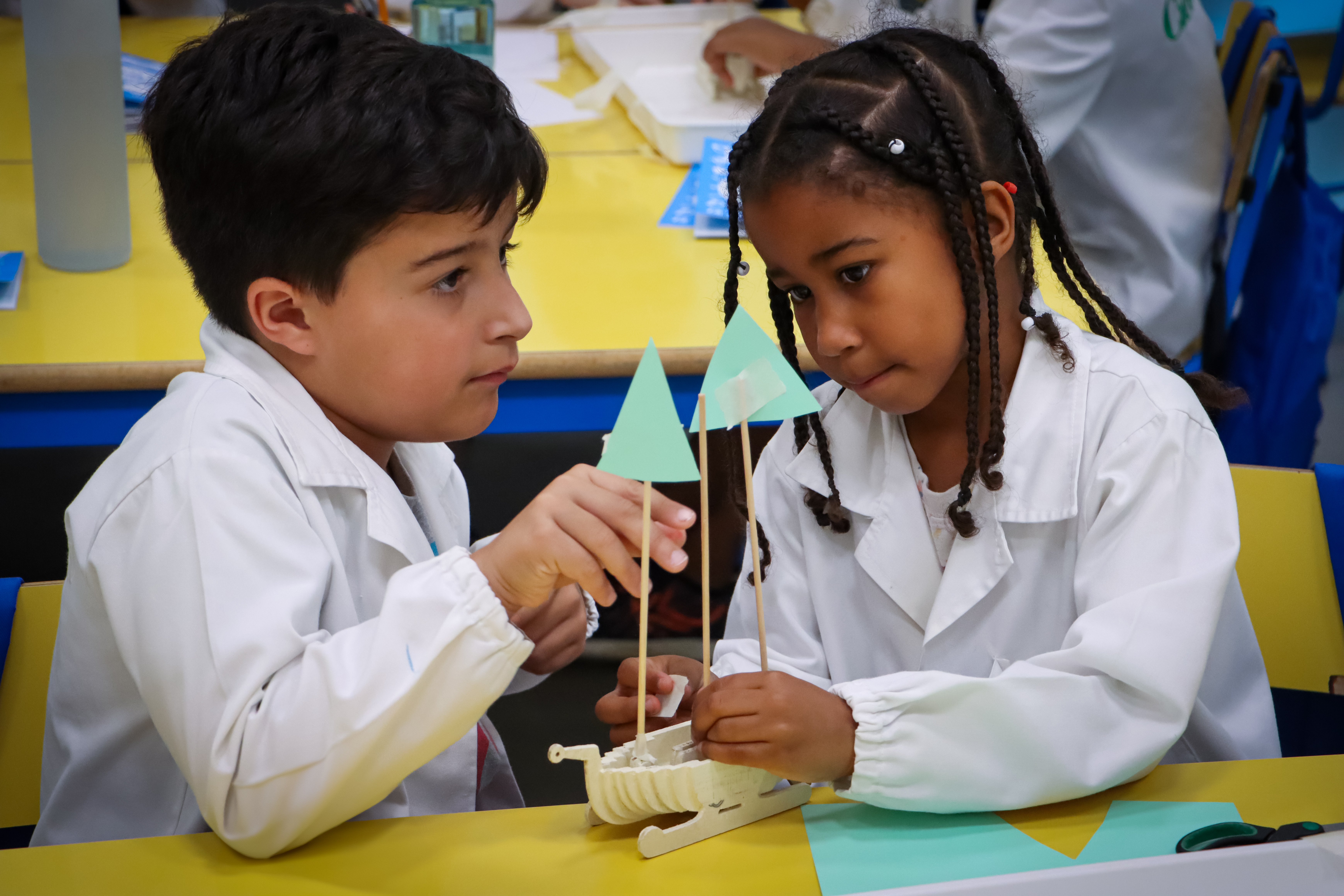
Ciência Viva science centres network
Central in all networks are the science centres. Currently the Ciência Viva network includes 20 science centres all over Portugal. These centres are independent entities, organise exhibitions for the public and engage in different projects. One example is a centre in an old mine. There you can visit the mine, but they’re also engaged in a partnership with a national physics research institution to measure cosmic particles reaching the mine and are researching on how to restore the land around the mine, using plants that remove toxins from the soil. In the Algarve there are three smaller centres that do research with the University of Algarve, which is very strong in marine sciences. Together they have projects on recovering marine ecosystems, but they also engage with local schools in beach clean-ups, research on marine pollution, sea-level rise, etc. They also have citizen science projects in the Ria Formosa estuary, monitoring the brackish ecosystem.
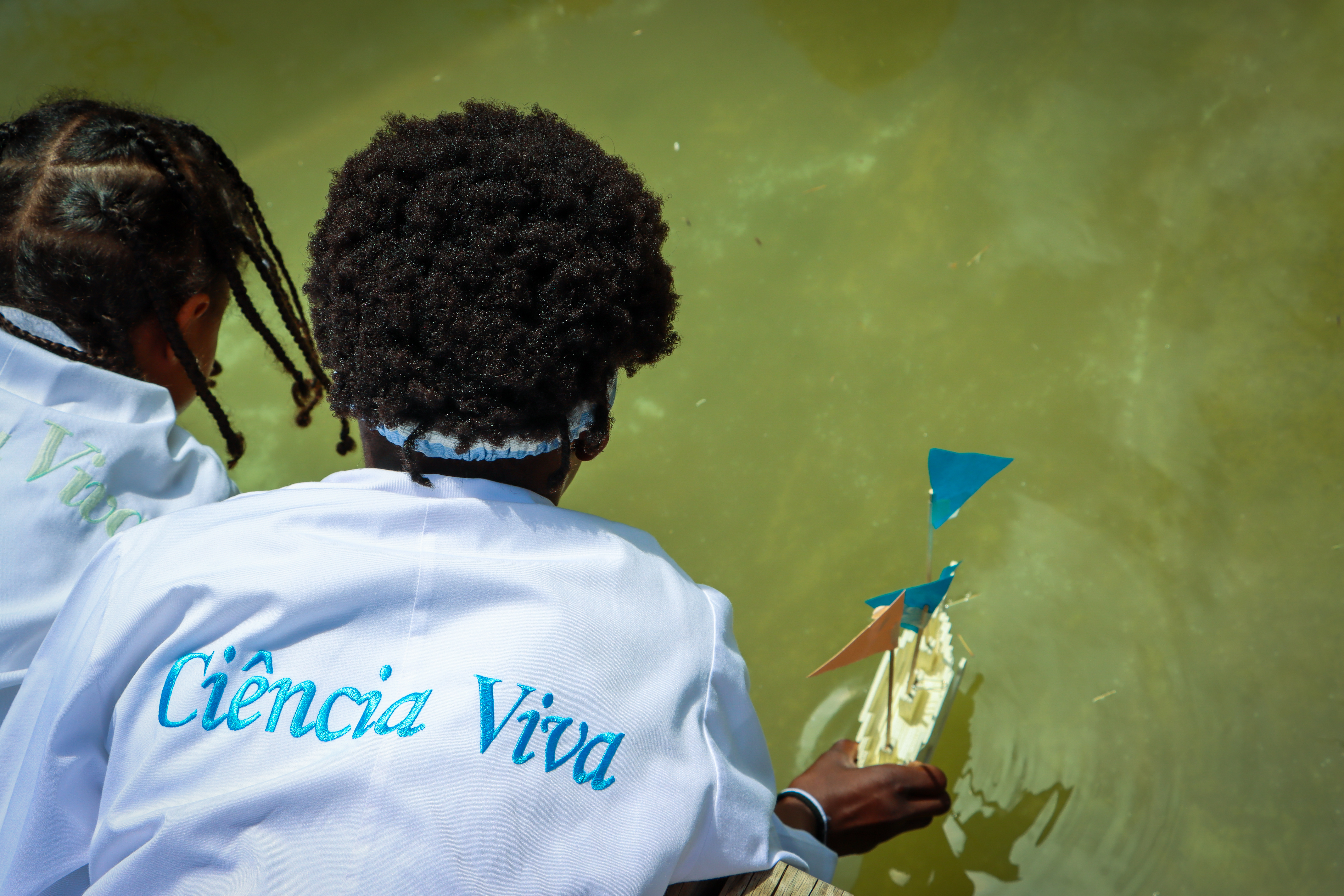
Science in the Lab
Ciência Viva also invites research institutes to organise short term internships for 15-to-17-year-olds during the summer holidays. ‘For one or two weeks, these students participate in whatever research is happening there at the moment. Sometimes it involves going to the beach and collecting samples, other times they’ll be analysing them in the lab,’ Ana explains. ‘And it is quite inspiring. We now have people doing their PhD who got into science because of these internships’.
Ciência Viva also organises teacher trainings on different topics and a yearly ocean-related conference for teachers and educators, including talks, hands-on workshops and lab activities. The topic varies every year. This year the conference is about the High Seas Treaty, last year it was about marine renewables.
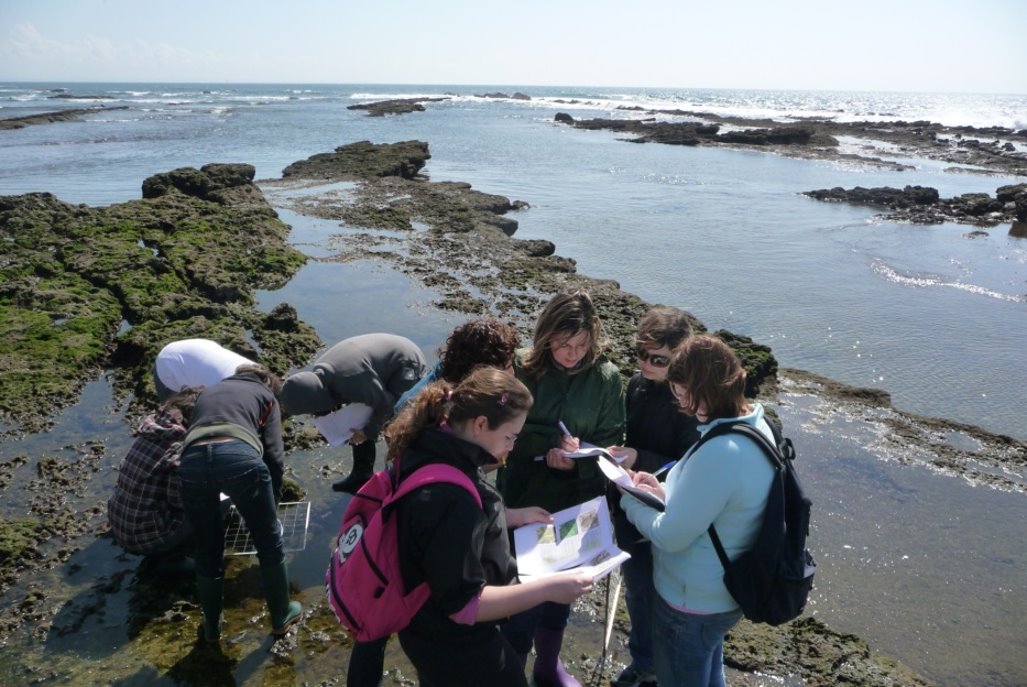
Ciência Viva farms network
Currently, Ciência Viva is working on a fourth network too, involving farms. ‘It’s still work in progress, but we are experimenting with some cherry and pear orchards at the moment,’ Ana says. Because of the important connection between food and environment, the goal is to create small science centres in rural areas, engaging local farmers and broaden their knowledge on sustainable farming, offering them a place for agricultural education, exchanging good practices, etc.
Leaving sparks
Through these networks, Ciência Viva is spreading scientific knowledge and curiosity, leaving sparks all over Portugal. One of those sparks was left in a young girl, Ana remembers. ‘A while ago, we had this project in Algarve, involving a submarine diving in the marine canyons near Algarve. It went to a depth of 3000 metres. The school involved in the project received footage from the submarine to look at and explore. The students were asked to do an assignment and the winner could go inside the submarine for a dive. I remember the girl who won. She was so shy and wouldn’t say a lot. But after the dive, she gave an interview for TV and she sounded so inspired while doing that. Her face, her eyes, … She was beaming. It was so nice to see,’ Ana recollects. ‘And that’s why we’re doing this, isn’t it? For that kind of spark.’
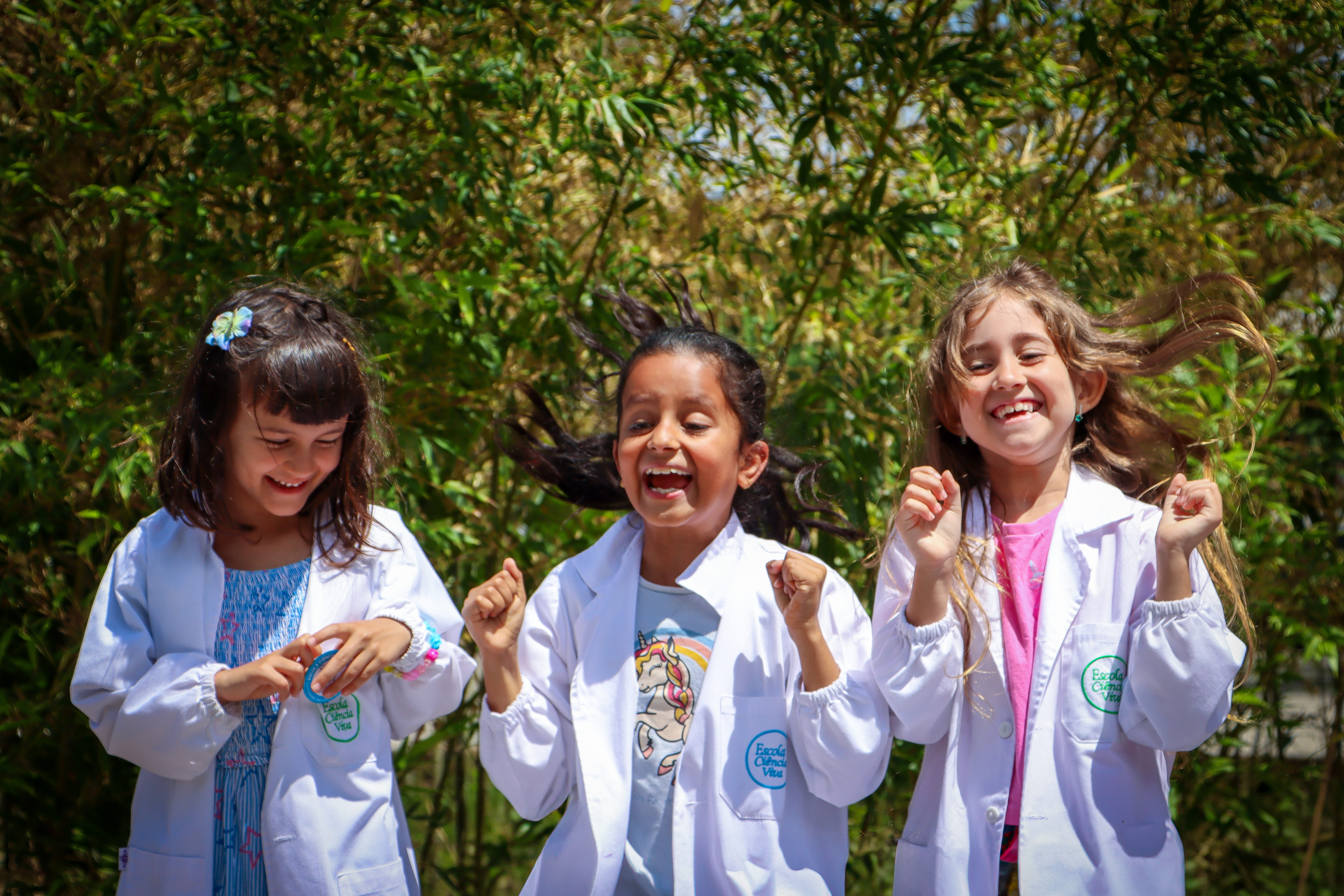
Top tips for Ocean Literacy organisations by Ana Noronha
- ‘You need to truly engage with people to find out what their aspirations are, what worries them, what the problems in their community are. You have to look through their eyes, and then connect the ocean with their lives. It's not enough to just dump science on them. That's what we have been doing for too long now.’
- ‘Be realistic. You can’t expect ports no longer to be built and ships no longer to cross the ocean. In our current society, we need a blue economy but we also need to find ways to make it more sustainable. Don’t look at the blue economy as ‘the bad guys’ but focus on how to combine blue economy with sustainability. Embed ocean literacy in our modern society.’
- ‘It can be a challenge to connect inland schools and audiences with the ocean. One way of doing so is aquatic sports. It connects people with aquatic ecosystems in general, and hence with the sea.’
Text by Anke de Sagher for EMSEA
Photos by Ciência Viva
More on Ciência Viva
Website · X · Facebook · YouTube · LinkedIn Ana Noronha
Want to join the community? Find out how to become an EMSEA member!


